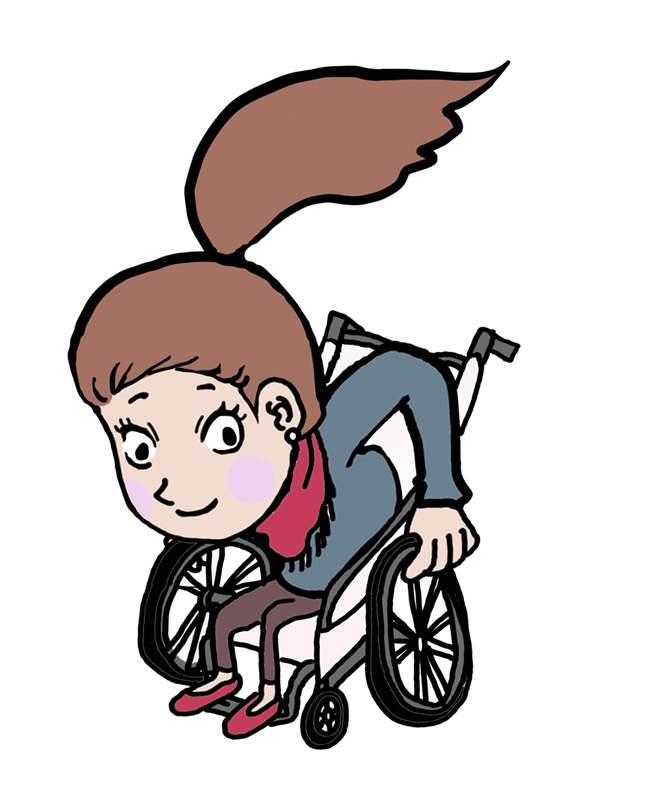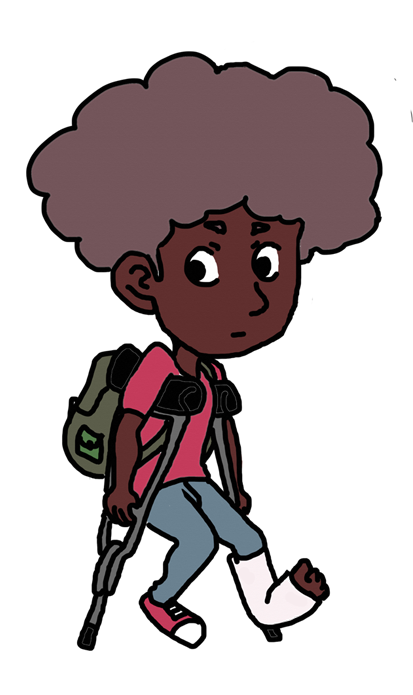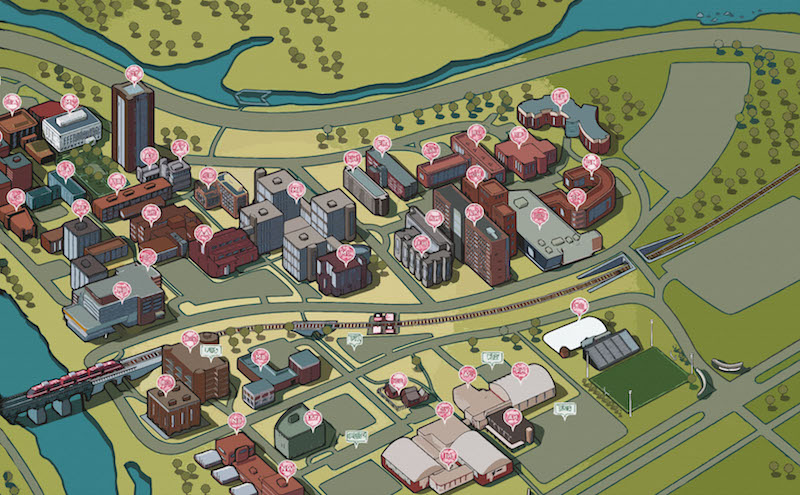AnaLori Smith lives with cerebral palsy. She has difficulty navigating Carleton’s library wheelchair ramp, can’t open many doors for herself because they do not have functioning door-open buttons, and is often left without a clear emergency exit plan.
Aside from these challenges, Smith, a second-year master’s student, said the school has met most of her accessibility needs.
“I mostly picked Carleton because of its accessibility,” Smith said.
She said there are still some spaces on campus that are not accessible.
“Sometimes there are classrooms that don’t have functioning door-opening buttons and I essentially have to wait there for someone to open the door,” Smith said. “That waiting time can be anywhere between five to over 20 minutes.”
Smith said Carleton should make a greater effort to carefully plan new renovations and emergency exit plans to be more accessible.
“Even with the new library renovations, the wheelchair ramp is extremely narrow and difficult to navigate,” Smith said. “When you’re in a wheelchair, it’s very unclear to understand what you would do in case of a fire. Since I’m a TA, I work all over the place and sometimes I worry about my personal safety if an emergency were to happen.”
Smith said current emergency plans are based on an able-bodied person’s capacity to exit a building, which does not translate if you use a wheelchair. Carleton has an evacuation chair for trained attendants to assist students down the stairs in the event of an emergency.
Some students are not aware of this protocol.
“Whenever there is an emergency or some type of crisis, the elevators don’t work anymore and that can be an extreme problem,” Smith said. “I think that Carleton should make more formal protocols on what people should do in the event of an emergency.”
Although the school offers many services and most buildings have accessible features, Carleton still has some work to do before it can call itself a fully accessible campus.
Matthew Cole, manager of Carleton’s Attendant Services, said older buildings are most in need of renovations to increase accessibility.
“The three problem areas seem to be Mackenzie, Dunton Tower, and Loeb Building, which need a lot of work to be done including door operators and barrier-free bathrooms,” he said.
New buildings have many accessible features because new building standards are higher and more accessible. Cole said many improvements Carleton is making are not categorized as “accessibility initiatives” because these features are already part of new building designs by default.
If students have concerns about areas on campus that are not accessible, they can bring them to the committee that oversees Carleton’s Dedicated Access Fund (DAF). The funds are to be used to increase accessibility in campus buildings and facilities, according to Cole.
The DAF has an annual value of $80,000 and is paid into by Carleton and student levies. Cole said it is for completing small projects around campus.
Currently, the DAF is funding several initiatives around campus, according to Cole.
First, improvements in the River Building are in progress. Cole said improvements to the men’s washrooms are being made. He also said proximity card readers will be installed beside doors that require swipe cards to open them for students with limited dexterity.
Cole said these proximity card readers will just require students with the cards to be near them, and the doors will unlock and open for them.
A warning strip is also in the works for the stairs leading down to the River Building’s atrium to prevent people with limited vision from mistaking them for a flat floor.
Another initiative in the works is for door openers in Herzberg Laboratories, Cole said. The DAF committee is also looking into purchasing movable ramps for people who use wheelchairs to use at events.
Cole said one project the DAF committee is proud to have completed recently is the installation of a personal aquatic lift at Carleton’s pool to help people with limited mobility enter the pool.
“There is a high level of support for accessibility initiatives from the university, which makes getting these things done much easier,” Cole said.
Arif Jaffer, co-ordinator at the Carleton Disability Awareness Centre (CDAC), said the school has made progress in creating accessible spaces such as the River Building’s large elevators, hallways, and doorways.
He said the Athletic Centre needs improvement.
“An example right now would be the new gym that we just put a lot of money into without including accessible gym equipment,” he said. “We’re excluding a large group of people from using the gym.”
Jaffer said it is important to provide accessible equipment because all students pay for it with their tuition and do not have the option to opt out of it.
Ben Wood, a first-year Carleton student who uses a wheelchair, said Carleton meets most of his accessibility needs and is much better than other university campuses he has visited.
“I have quadriplegia,” Wood said. “I was 14 when I broke my neck and it happened.”
He said the services Carleton offers are useful.
“Things like the tunnels help a lot,” he said. “All of the doors have this automatic button opener, so it’s really easy to get around.”
Wood said one area that is not accessible to him is the Paterson Hall elevator.
“I had to go hand in my history paper last night and I couldn’t reach the elevator button,” he said.
He said he chose Carleton because of its accessible campus and these support services the school offers.
“Accessibility is pretty much the reason I’m at Carleton,” Wood said. “With all of the support services that are available to me, I can honestly say I made the right decision.”








